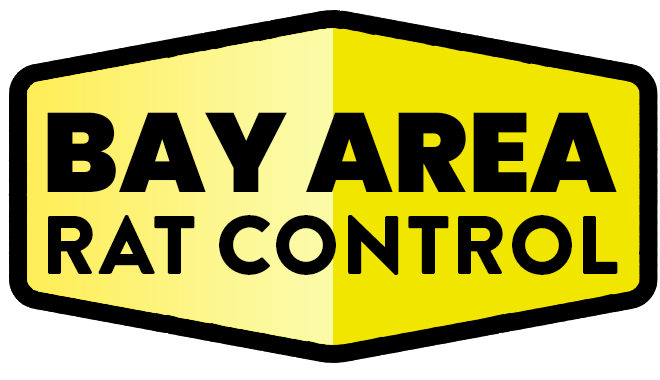Opening Thoughts
Urban environments present unique challenges for rat control due to dense populations, abundant food sources, and interconnected infrastructure. Despite these challenges, successful rat control is possible with strategic planning, community cooperation, and advanced techniques. This guide explores real-world case studies showcasing effective rat control methods in urban settings.
Case Study 1: Comprehensive Rat Management in a Residential Complex
Background
- Location: San Francisco, CA
- Property Type: Multi-unit residential complex with 50 units.
- Problem: Persistent rat infestations in basements, trash areas, and attics.
Challenges
- High tenant turnover created inconsistencies in cleanliness and reporting.
- Poorly sealed trash bins attracted rats from surrounding areas.
Solution
- Integrated Pest Management (IPM):
- Sealed all entry points using steel mesh and weatherproof caulking.
- Installed tamper-resistant bait stations and snap traps in high-activity areas.
- Educated tenants about proper trash disposal and food storage practices.
- Regular Inspections:
- Quarterly pest control inspections to monitor for new activity.
- Trash Management:
- Replaced old bins with rodent-proof models and relocated dumpsters away from building entrances.
Outcome
- Rat sightings decreased by 90% within six months.
- Long-term tenant satisfaction improved, resulting in fewer complaints and higher lease renewals.
Case Study 2: Rodent Control in a Commercial Food Market
Background
- Location: Chicago, IL
- Property Type: Open-air food market with multiple vendors.
- Problem: Rats infested storage areas and food stalls, leading to health violations.
Challenges
- Shared spaces and lack of centralized pest control efforts.
- Inconsistent waste management practices among vendors.
Solution
- Community Collaboration:
- Held monthly meetings with vendors to align on pest control efforts.
- Distributed educational materials on proper waste disposal and storage.
- Advanced Technology:
- Deployed smart traps with real-time monitoring to track rat activity.
- Installed ultrasonic repellents in storage areas.
- Sanitation Protocols:
- Enforced daily cleaning schedules and required vendors to use sealed food storage containers.
Outcome
- Compliance with health codes was restored within three months.
- Vendors reported significant reductions in inventory loss due to rat damage.
Case Study 3: Public Rat Control Initiative in a Downtown Neighborhood
Background
- Location: New York City, NY
- Property Type: Mixed-use area with residential buildings, restaurants, and retail stores.
- Problem: Widespread rat activity in alleys, trash areas, and subway stations.
Challenges
- High volume of pedestrian and vehicle traffic complicated control measures.
- Limited funding for pest control programs.
Solution
- City-Led Campaign:
- Introduced a “Rat Action Plan” to address infestations at the neighborhood level.
- Hired additional sanitation workers to manage trash collection and cleaning.
- Innovative Techniques:
- Implemented dry ice treatments in rat burrows to suffocate pests without chemicals.
- Used composting bins with built-in pest barriers to reduce food waste attractants.
- Resident Engagement:
- Distributed rat prevention kits, including steel wool and traps, to local residents.
- Held educational workshops on rat-proofing homes and businesses.
Outcome
- Rat complaints decreased by 75% within a year.
- The program served as a model for similar initiatives in other urban areas.
Key Takeaways from Case Studies
1. Importance of Integrated Approaches
- Combining exclusion, sanitation, and monitoring ensures comprehensive control.
- Regular inspections and maintenance prevent infestations from recurring.
2. Role of Community Involvement
- Collaboration among residents, businesses, and local governments is essential for success.
- Education and awareness campaigns empower individuals to take proactive steps.
3. Effectiveness of Advanced Tools
- Smart traps, ultrasonic repellents, and innovative treatments like dry ice improve efficiency.
- Technology-driven solutions offer real-time monitoring and faster responses.
Common Challenges in Urban Rat Control
1. Resource Constraints
- Limited funding and staffing can hinder large-scale efforts.
2. Behavioral Adaptations
- Urban rats quickly adapt to traps and repellents, requiring varied strategies.
3. Shared Spaces
- Coordination among multiple stakeholders is critical to achieving lasting results.
Final Thoughts
Effective rat control in urban environments requires a combination of innovative techniques, community collaboration, and consistent maintenance. The case studies presented demonstrate that even the most challenging infestations can be resolved with tailored strategies and proactive measures. By applying these lessons, urban communities can create healthier, rat-free spaces.
Relevant Links/Sources:
Urban Rat Control Strategies – EPA
Integrated Pest Management Case Studies – NPMA
City Rat Action Plans – PestWorld
